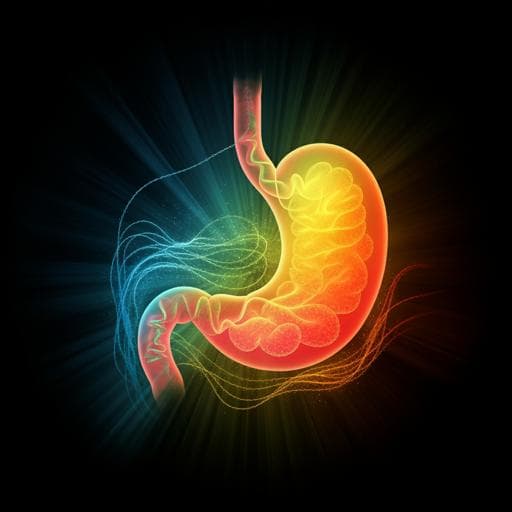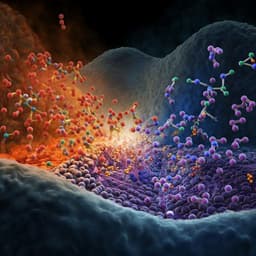
Medicine and Health
Gastric emptying of a glucose drink is predictive of the glycaemic response to oral glucose and mixed meals, but unrelated to antecedent glycaemic control, in type 2 diabetes
C. Xiang, Y. Sun, et al.
This intriguing study explores how gastric emptying of a glucose drink can predict glycemic responses in individuals with type 2 diabetes, revealing an unexpected inverse relationship. Conducted by a team of experts including Chunjie Xiang and Yixuan Sun, the findings offer new insights into dietary management for diabetes patients.
~3 min • Beginner • English
Related Publications
Explore these studies to deepen your understanding of the subject.







